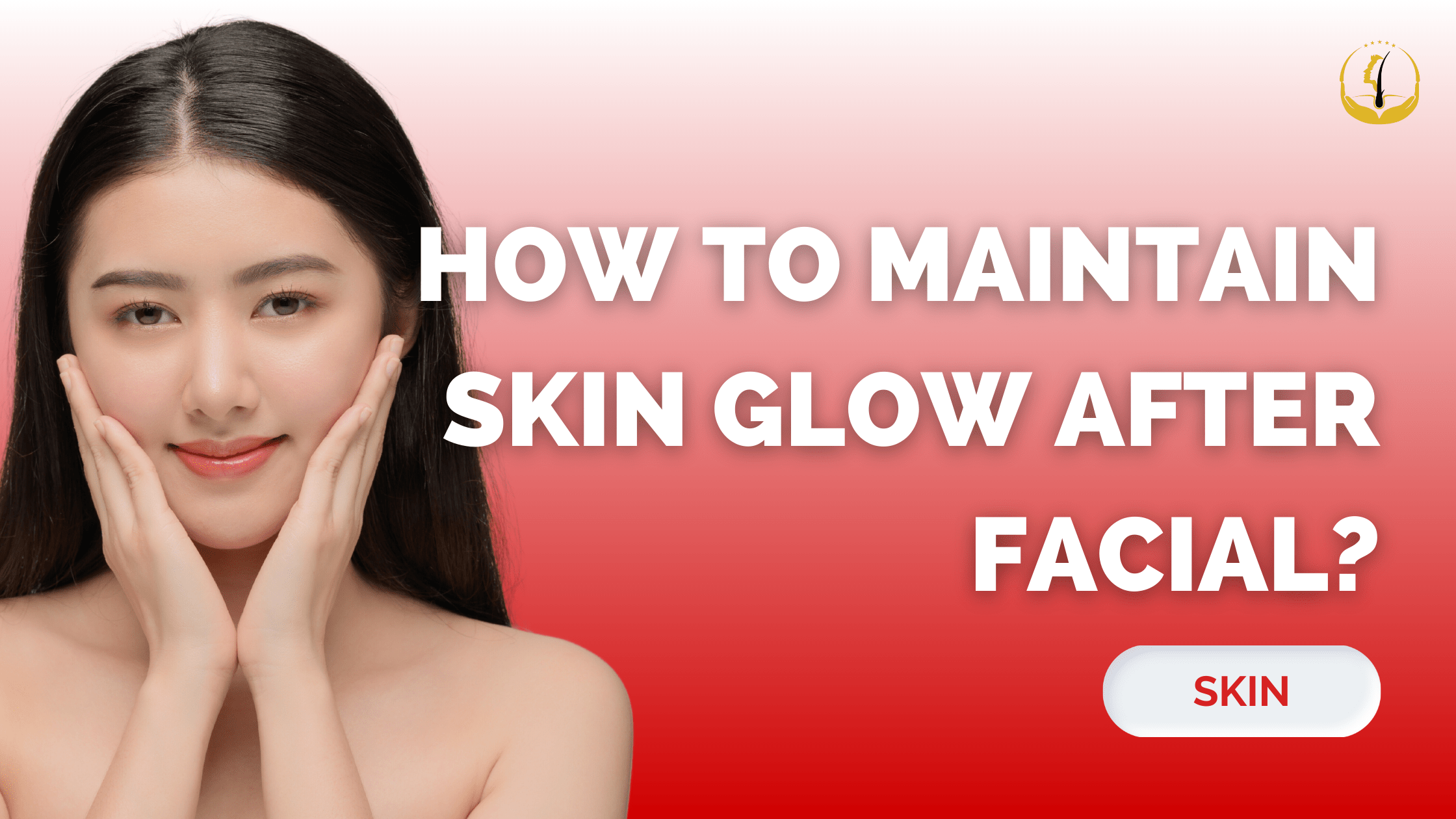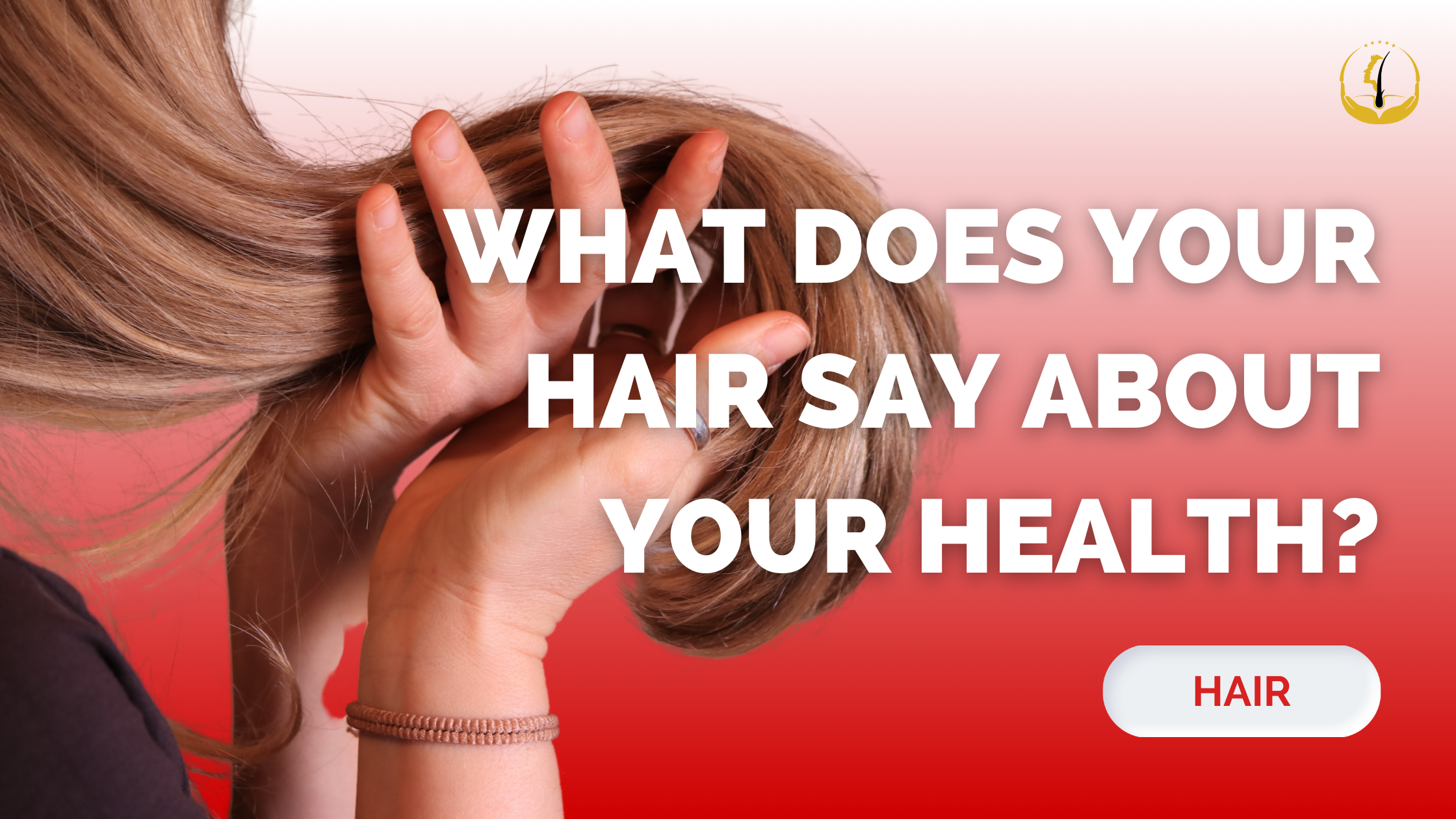Exiting a revitalizing facial treatment makes you feel like a glowing goddess, but the key to maintaining that luminous complexion lies in post-facial care. This comprehensive guide unveils essential tips to preserve the radiance acquired from your facial, ensuring your skin remains healthy, vibrant, and radiant.
Skin Hydration: Nourishment from Within
Proper hydration is the cornerstone of sustaining your skin’s glow post-facial. Just as a flower needs water to thrive, flourishes with adequate hydration. After a facial, moisture balance may be disrupted, making it crucial to drink ample water throughout the day. Incorporate hydrating serums and moisturizers into your skincare routine to retain moisture and preserve that youthful glow.
Gentle Skin Cleanser: A Soothing Touch
Opt for a gentle cleanser post-facial, considering the heightened sensitivity of your skin. Harsh cleansers can strip away natural oils and compromise your skin’s barrier, potentially diminishing the hard-earned glow. Cleansing your face twice daily with a mild cleanser maintains a clean canvas for other skincare products to work effectively.
Skin Protection from the Sun: Shielding Radiance
UV rays can swiftly undo the benefits of your facial. Make sun protection a non-negotiable step in your daily routine by applying a broad-spectrum sunscreen with at least SPF 30 every morning. This shields from premature aging, sunspots, and other forms of sun damage that could dull your skin’s natural radiance.
Consistent Skin Exfoliation: Unveiling Fresh Layers
Regular, gentle exfoliation is key to maintaining the post-facial glow. Removing dead skin cells encourages the emergence of newer, healthier cells. However, caution is needed to avoid over-exfoliation, which can lead to irritation. Integrate a gentle exfoliating scrub or enzyme-based exfoliant into your routine 1-2 times a week to support cell turnover and sustain a radiant complexion.
Nutrient-Rich Diet for the Skin: Internal Glow
Your diet profoundly influences your skin. A diet rich in antioxidants, vitamins, and minerals contributes significantly to skin health and glow. Include fruits, vegetables, lean proteins, and healthy fats in your meals. Berries, avocados, nuts, and leafy greens provide essential nutrients supporting health and radiance.
Get Your Beauty Sleep: Overnight Recovery
Quality sleep is paramount for skin repair and rejuvenation. Aim for 7-9 hours of sleep each night to enable to recover from daily stressors. Sleeping on a silk or satin pillowcase reduces friction, minimizing the risk of wrinkles and preserving your facial glow.
Stress Management: A Calm Complexion
Stress negatively impacts your skin, leading to breakouts and a lackluster complexion. Incorporate stress-relieving activities such as yoga, meditation, deep breathing, or spending time in nature. These practices not only benefit your mental well-being but also contribute to your skin’s vitality.
Conclusion
Maintaining the coveted skin glow post-facial involves a holistic approach encompassing proper skincare, a healthy lifestyle, and consistent self-care. By prioritizing hydration, sun protection, a balanced diet, and incorporating gentle skincare practices, you can extend the benefits of your facial and revel in radiant, luminous skin for the long haul.



